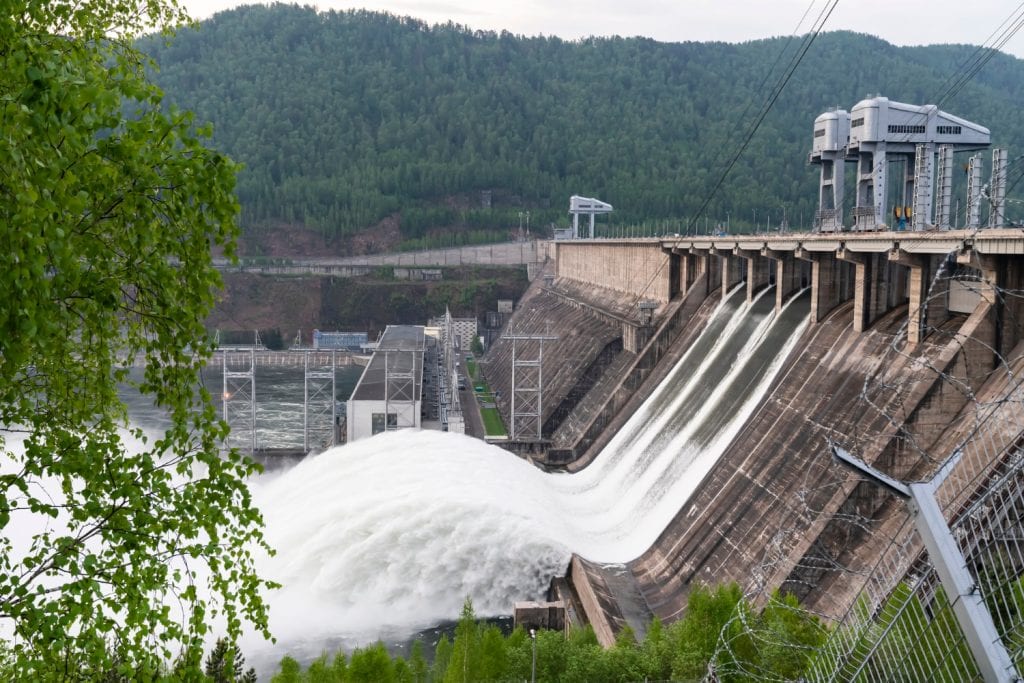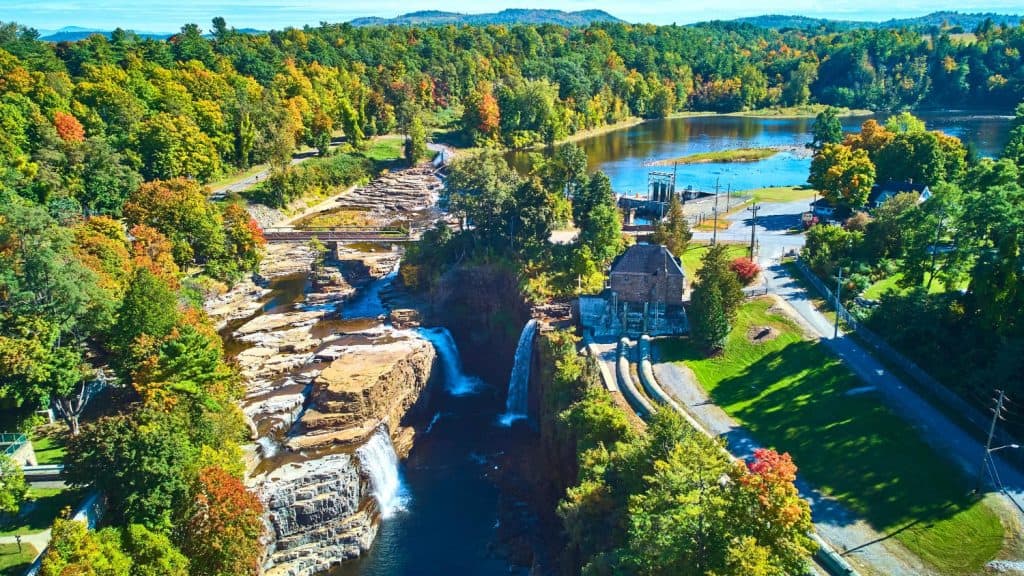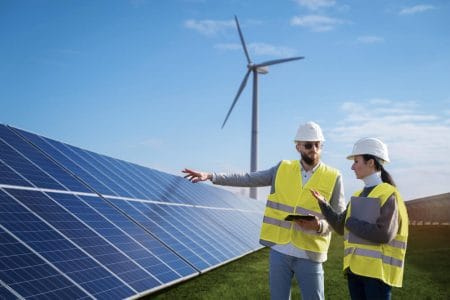
In This Article
Thanks to the never-ending expansion of world population and the middle class, as well as the demand for more products and services, supplying energy reliably and consistently without increasing the level of greenhouse gas emissions (GHG) is important for the sustainability of society.
According to ExxonMobil’s 2023 Global Outlook, by 2050 it is expected that world population will grow from about 8 billion people up to 10 billion people – a rate of about 1 million people every six days. This will translate in an increase in energy demand of at least 20% worldwide. The critical question then is: How do we meet this growing energy demand reliably while continuing to reduce our world GHG emissions?
This is where renewable energy enters into the picture, and most importantly, hydropower energy.
Current landscape of hydropower
Hydropower energy is the leading renewable energy in the world. Worldwide, it represents almost 7% of all energy generated in the world and more than 60% of all renewable generated in 2022. Most of the world’s capacity exist in North America, Latin America, Europe, China, Russia and India, where the vast majority of the flowing water sources in the planet exist.
Compared to every other renewable energy sources, – whetter its solar and wind power, biofuels and biomass – hydropower is very reliable, predictable, economically efficient and adds resilience to a country’s energy matrix more readily. This is due to the fact that every other renewable energy source face the issue of intermittence: They are not continuously available due to uncontrollable external factors.
This allows hydropower energy to be easily incorporated in the existent energy matrices of the world without having to incorporate additional measures, such as battery systems for energy storage or have a very robust electrical energy dispatch system.
The flexibility of hydropower plants is already being used in many regions of the country to provide services needed to integrate additionally renewable energy sources and maintain the reliability of grid operations.

Hydropower is expected to remain as the cornerstone of renewable electricity generation into the 2030s. According to a recent report from the International Energy Agency (IEA), global hydropower capacity is expected to increase 17% between 2021 and 2030, and will remain as the dominant renewable energy source.
However, there are still challenges and limitations with hydropower that if not addressed will slow down its expansion across the world.
Existing challenges
Even if hydropower capacity is expected to continue growing, net capacity additions will decrease by 23% compared to the past decade. This contraction on energy expansion is due to the decline of new projects across the main hydropower energy generators, primarily China, Latin America and Europe. Furthermore, the increase on droughts and climate change-driven heatwaves have contracted existent water bodies in countries like United States and China, which also negatively impact the performance of most hydropower plants.
This has affected existing energy forecasts for 2023 and beyond. According to a report published by the Economist Intelligence Unit (EIU), the hydropower generation will decline by an estimated 1.8% in 2023. This decline has been led by the drop of China’s energy generation, which is expected to reach 7% by the end of the year.
We must also consider that aging hydropower facilities need to be modernized to keep them as a reliable and flexible energy sources. An analysis of the global hydropower fleet estimates that 50% of the primary and secondary equipment installed worldwide is at least 40 years old. Soon, a lot of this facilities will require upgrades and refurbishment, as a lot of the electrical and mechanical components of hydropower facilities have technical lifetimes between 30 to 50 years. This will translate into considerable investments either in the form of maintenance, replacements or additions of technology if current capacity is desired to be maintained.
Some facilities might even be retired completely, which would demand substitution of the facilities themselves. Regardless, this issue presents a lot of investment for existing facilities. There needs to be additional incentives to attract investments, either to existing facilities and new projects, which would require major policy changes to make this investments more feasible.
Mini-hydropower – A new way to generate energy
As we have explored, the scale of most hydropower facilities remains a roadblock that most developing countries might not be willing to face as other priorities take precedence. Fortunately, there has been a lot of innovations, particularly with the creation of in smaller-scale hydropower systems that are accessible to developing countries.

This is important, as there is a lot of potential in the technology still to capitalize on. Globally, it is estimated that around 60% of the hydropower’s economically viable potential remains untapped, particularly in developing economies with available water sources such as Asia Pacific, some countries in Africa and Latin America.
On example of such efforts is the Belgian company Turbulent, which has developed a low-head and eco-friendly and fish-friendly hydropower turbine that is designed to be installed in any river, canal or waterway that has a drop between 1.5 – 5 m. This allows for smaller, isolated communities to supply their energy needs without the complications and expenses of extending a country’s energy grid to these locations.
This decentralized energy generation facilities are cheaper to build, maintain and are specific to a locations needs. Furthermore, this technology is extremely flexible, as a community or individual can install individual turbine or a network of multiple turbines for location with higher energy needs.
Conclusion
Hydropower’s future lies with implementing decentralized energy facilities which don´t rely on massive investments and limitations. While high-energy production facilities still provide the vast majority of renewable energy, they won´t be enough on the long-term. We need to embrace alternative and innovative solutions to drive the world to a cleaner tomorrow.



